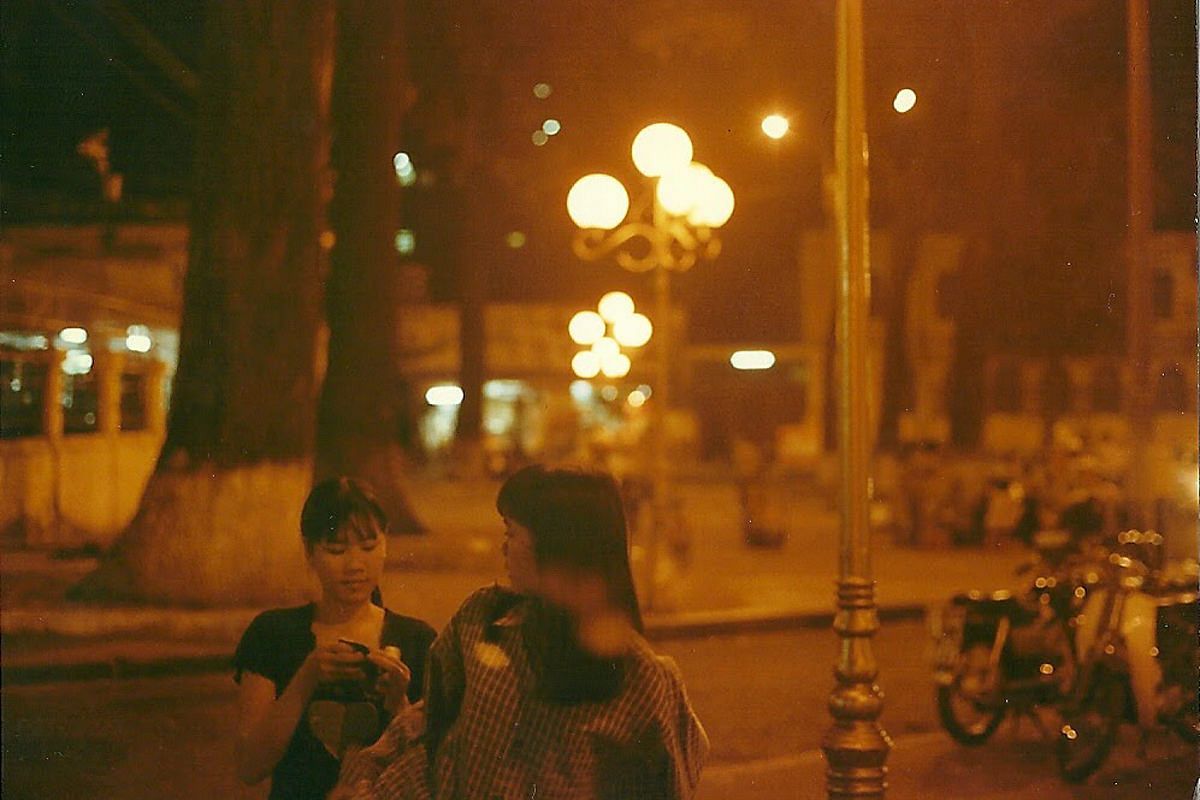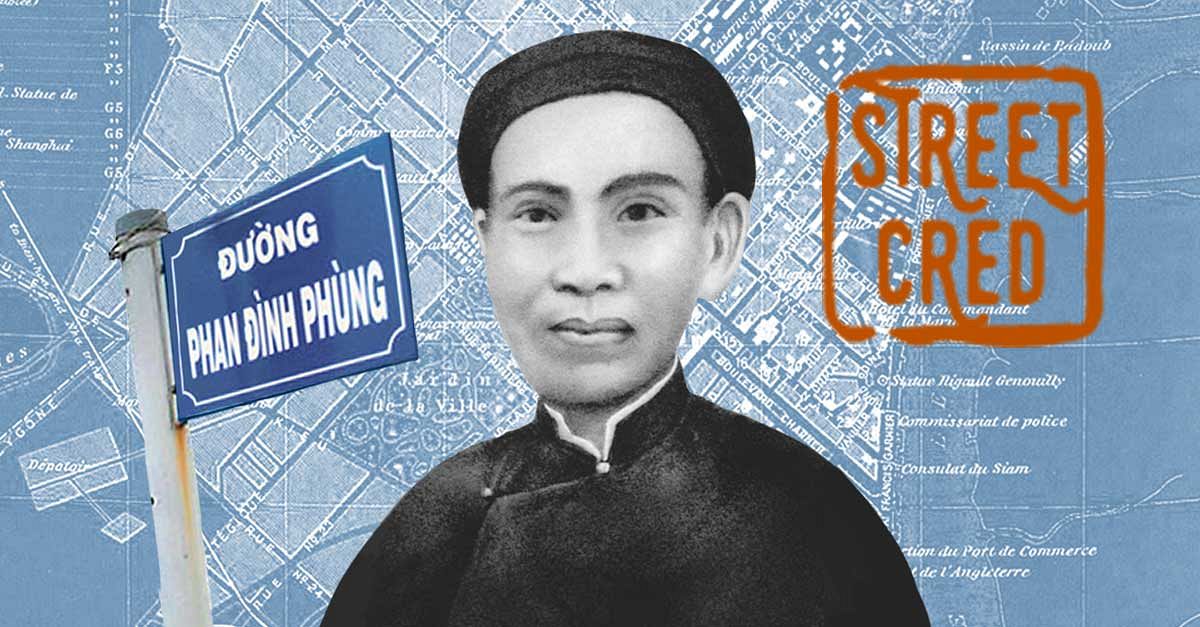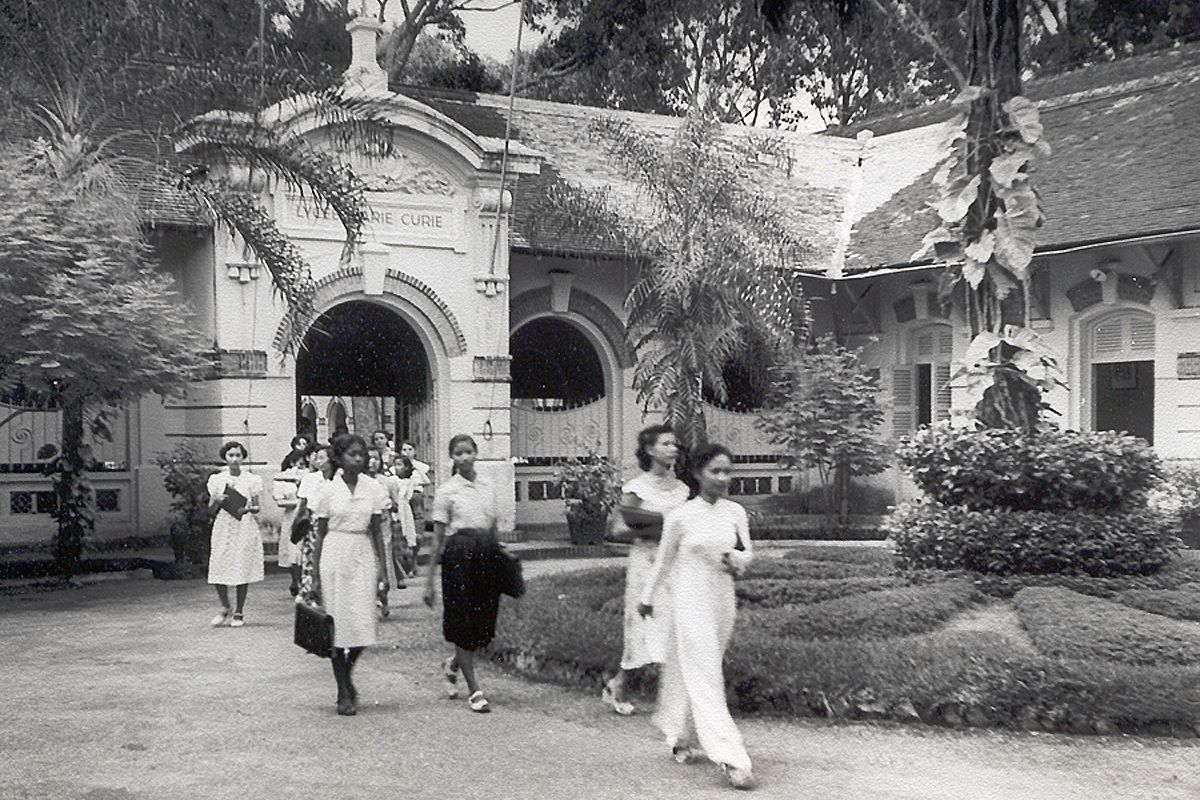
Saigon Demolishes 3 Heritage Villas to Make Room for Covid-19 Memorial Park
As part of a plan to build a dedicated space to commemorate victims of the COVID-19 pandemic, Saigon authorities recently demolished several heritage buildings from the 1950s, sparking concerns about the city’s loss of architectural heritage.

What a Set of Art Homework From Long Xuyên Teaches Us About 1930s Vietnam
Much like their descendants today, schoolchildren of 1930s Vietnam also took art classes as part of their syllabus. In this rare collection of what was essentially our grandparents’ homework, we can surprisingly learn a lot about the daily life of Mekong Delta residents from nearly 100 years ago.

1997 Vietnam Through the Lens of Saigon's Former Canadian Consul General
Digging into one’s collection of old mementos can be a thrilling experience. From antique watches to tattered letters, these trinkets serve as a remembrance of a period of time in our past. For Kyle Nunas, Saigon’s former Consul General of Canada (2017–2020), his connection with the bustling metropolis began with this collection of old photos captured during a trip to Vietnam over 20 years ago.

On the Sidewalks of 1979 Saigon: Books, Knick-Knacks and a Multitude of Bicycles
Before the motorbikes invaded all aspects of modern Vietnam, Saigon streets were all bicycles, vintage cars and xích lô.

These Rare Photos From 1997 Are a Time Capsule of Vietnam's Transformations
The 1990s were a time of significant change in Vietnam.

Street Cred: Phan Đình Phùng, My Great-Great-Great-Great-Great-Grandfather
An unassuming street named Phan Đình Phùng runs through Saigon’s Phú Nhuận District. It is named after a Vietnamese revolutionary who led rebel armies against French colonial forces in the 1880s and 1890s. He is also my great-great-great-great-great-grandfather.

Lycée Marie Curie: The High School That Has Stood the Test of Time
Marie Curie High School, also called Lycée Marie Curie in French or Trường Trung Học Phổ Thông Marie Curie in Vietnamese, is a public high school located in Saigon’s District 3.

Old Saigon Building of the Week: The Glitz and Glam of Tự Do Nightclub
While today’s Đồng Khởi Street is peppered with tourist-centric shops and restaurants, just half a century ago, the downtown street was the nightlife hotspot for Saigon’s cool kids to congregate.

[Photos] 20 Photos of Life in Vietnam in 1966–1967
Motorbikes and buffalo carts, marching bands and xích lô.

Last Surviving Imperial Maid of Nguyen Dynasty Passes Away at 102
An important historical figure of the Nguyen Dynasty has left us this week.

[Photos] A Sepia-Toned Tour of 1902 Saigon
Long before Saigon became a maelstrom of motorbikes zipping past bubble tea shops, convenience stores, and cellphone sellers, it was a sleepy town where sampan boats cluttered placid canals, locals sn...

[Photos] A Glimpse of Turn-of-the-Century Indochina
France didn't colonize Vietnam overnight.

[Photos] Getting Lost in Traffic on Late 1960s Chau Van Liem Boulevard
Old photos of Vietnam and cheese: two things you can never too much of.

[Photos] How Did Hanoians Enjoy Tết in 1955?
With Tết less than a month away, now is probably the time to ramp up shopping trips, cleaning tasks and home decoration efforts.

Cột Cờ Thủ Ngữ: Overlooked Saigon Landmark Gets a Makeover
Flanked by a busy road and overshadowed by an unfinished skyscraper, you'd be forgiven if you rarely noticed the Signal Mast (Cột cờ Thủ Ngữ) where Ton Duc Thang and Vo Van Kiet streets intermingle.&n...

[Photos] Black-and-White Shots Depict Quotidian Details of 19th-Century Vietnam
These black-and-white shots are among the highest-quality documentation attempts of Vietnam at the end of the 19th century.

[Photos] The Saigon Zoo's Enduring Serenity in the 1970s
Over the years, Saigon has changed as drastically as a flounder undergoing a metamorphosis that transfers its eyes from one side of its face to the other.

[Photos] The Maritime Idyll of 1965 Phan Thiet
Before it became a weekend destination for workweek-weary Saigoneers, Phan Thiet was an austere fishing town.

[Photos] An Idyllic Slice of 1957 Cambodian Life
Vietnam isn't the only country in the region to change dramatically over the last several decades.

[Photos] The Small-Town Charm of Vung Tau in the 1960s
From remembering fond memories with loved ones to selling products and even gaining clues to a grisly crime, photos have many uses.

[Photos] Views of 1993 Vietnam From Behind the Lens of a Past War Orphan
I have been carrying this film around for over a quarter-century from Hanoi to Saigon to Boston and to New York.

[Photos] Black-and-White Shots of Hanoi Street Scenes From 1940
For thousands of years, streets have served a multitude of purposes.

[Photos] 10 Incredible Shots of 1960s Saigon by William Ruzin
It takes seven to ten years for a human body to replace every cell to the point it consists of entirely different atoms.

[Photos] Exploring Downtown Saigon Via These 10 Snapshots From the 1970s
What are the people in these photos doing today?

[Photos] 13 Film Snapshots of a Sleepy Vung Tau in 1967
Vung Tau is a fitting name for the coastal town that invites people to pause and stay a while.

[Photos] Wander Along the Beach in 1967 Nha Trang
We often yearn to visit tourist destinations before they became heavily developed, but what would that actually be like?

[Photos] From the National Geographic Archive, Slices of Life in 1952 Vietnam
Mostly taken by National Geographic photojournalist Joseph Baylor Roberts, these excellent shots are among the best images of 1952 Vietnam that one can encounter.

[Photos] The Coastal Life in Nha Trang in a Timewarp
You can practically taste the salty sea breeze and hear the occasional wafting of rock music in these photos of Nha Trang from the late 60s, early 70s.



